I am trying to figure out what I'm doing wrong here, but I keep getting lost...
In python 2.7, I'm running following code:
>>> import requests
>>> req = requests.request('GET', 'https://www.zomato.com/praha/caf%C3%A9-a-restaurant-z%C3%A1ti%C5%A1%C3%AD-kunratice-praha-4/daily-menu')
>>> req.content
'<html><body><h1>500 Server Error</h1>\nAn internal server error occured.\n</body></html>\n'
If I open this one in browser, it responds properly. I was digging around and found similar one with urllib library (500 error with urllib.request.urlopen), however I am not able to adapt it, even more I would like to use requests here.
I might be hitting here some missing proxy setting, as suggested for example here (Perl File::Fetch Failed HTTP response: 500 Internal Server Error), but can someone explain me, what is the proper workaround with this one?
